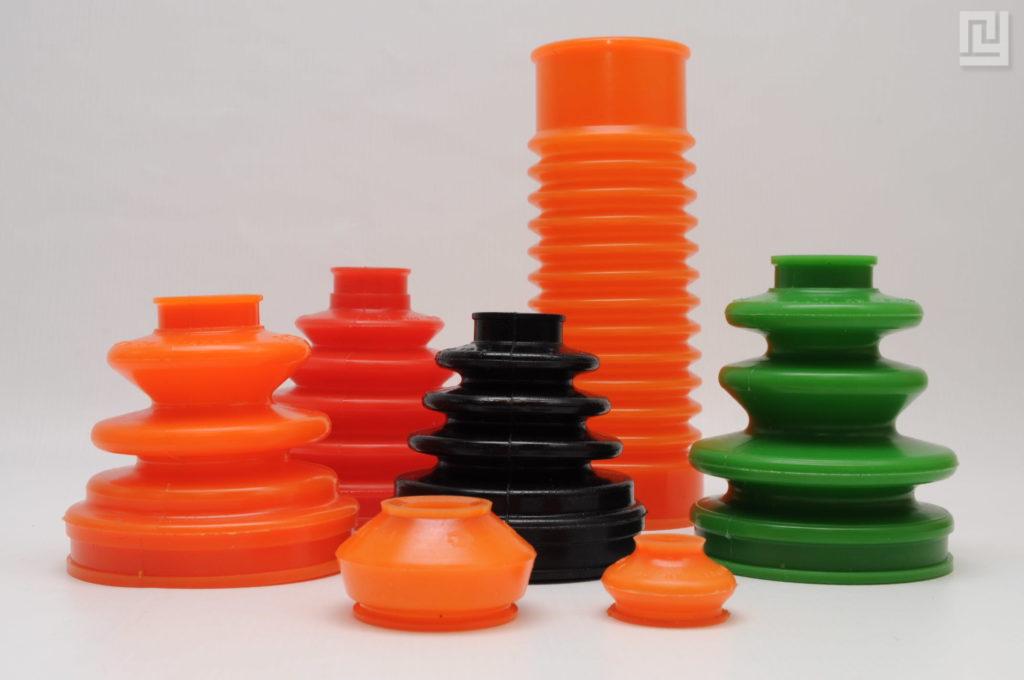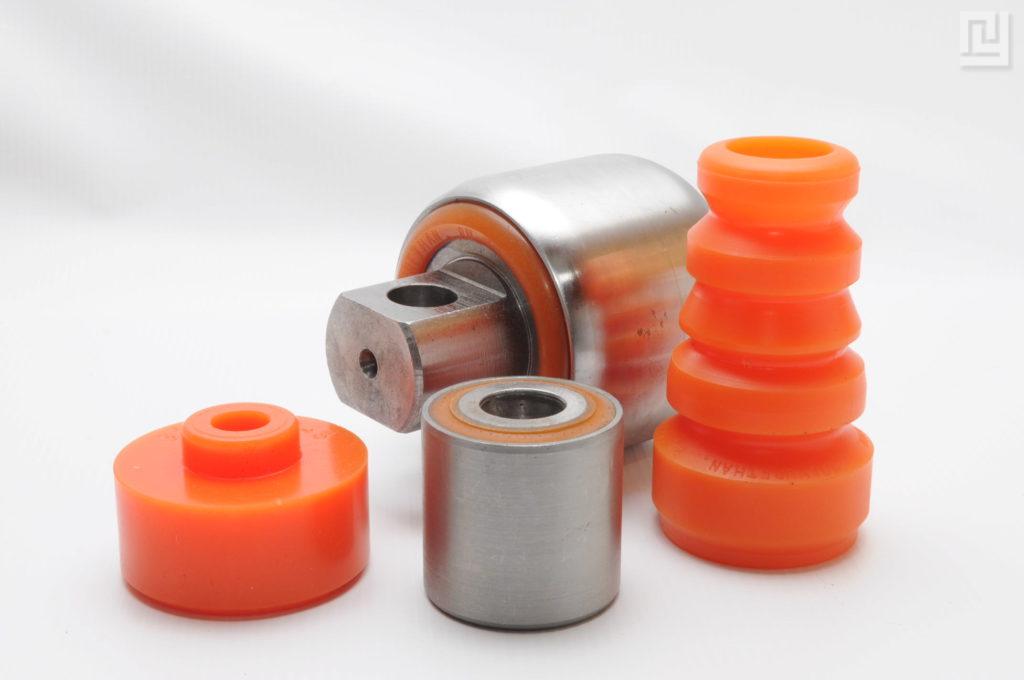In general, polyurethanes are thermosetting plastics, that is, to obtain the final substance, it is necessary to carry out a chemical reaction of several components. Due to the incredible variety, these components can be different, it may even seem that they are not involved in the process (polyurethane foam polymerizes with moisture in the air, which activates the second component, while there is no moisture reaction, although both components are mixed). The reaction can be carried out in several stages, some of which at the factory of the supplier of raw materials, and some directly during the production of polyurethane products.
In some cases, polyurethanes are processed manually and have practically no requirements for the accuracy of technology, for example, model polyurethane is supplied in cans and is sutured in a 1: 1 ratio “by eye”, under normal conditions they are simply “thoroughly mixed”. The result obtained is undoubtedly polyurethane, and its strength, hardness, stability and other physical parameters satisfy many applications, for example, the production of molds for figurines.
But unfortunately, this approach is not applicable to auto parts (and even more so to industrial products): the required dosage accuracy (stoichiometry) is tenths of a percent. When the proportion of the mixture is displaced by a tenth of a percent, the deviations in physical and mechanical parameters can reach tens of percent. On small amounts of components, even hundredths of a gram play a role, which, it seems, can be caught on a pharmacy scale, but it is impossible to completely pour from one container to another (some part will remain on the walls of the container).
Preparation of materials for the production of auto parts is a separate story, some components require heating (but not overheating), mixing, filtering, degassing, and so on. Mixing of components is carried out only by machine and only in a stream, manual mixing is possible, but this is a rather complex multistage process, only vaguely reminiscent of stirring in a glass with a stick, shown on YouTube. But the result is strikingly different from self-made manual kneading – the parts obtained at the factory are stronger, more durable and more stable.
The manufacturing technology of polyurethane foams (both soft and hard) is also different: there are household / construction foams that do not require any special tools and methods, but there are industrial foams that are no less difficult to manufacture than elastomers. In theory, equipment for processing elastomeric polyurethanes can process foams, in practice it is better not to do this. At the moment we are not working with polyurethane foam and are not going to.
A separate class of technologies is the processing of thermoplastic polyurethanes (TPU). Here it is necessary to take into account 3 aspects: firstly, raw materials for TPU are still obtained by the primary reaction of thermosetting plastic; secondly, elastomeric TPU is one of the most capricious thermoplastics, it sharply worsens physical properties when adding a secondary material or fluctuating regime, and thirdly, processing on an injection molding machine of massive products itself is quite complicated.
There are special compositions with polyurethane for thermoplastic processing, for example, for the production of cable products – a lot of different additives have been introduced there just to simplify processing, but at the same time, physics and technology, of course, deteriorates. Unscrupulous (or simply inexperienced) converters use inappropriate TPU for the production of our product groups, including anthers, bushings, silent blocks, etc., with a predictable result: people try, spit and make an inadequate conclusion that “polyurethane does not suit me”.
I would like to note that the casting technology of our materials has its own limitations. So, the reaction is exothermic (it goes with the release of heat), and the temperature corridor of the reaction is small, therefore, without changing the chemistry (with a drop in physical and mechanical characteristics), it is impossible to pour massive products with a large thickness. Too thin layers are also bad, with a thickness of less than 2 mm, capillary forces begin to play a role and the material may not spill into the mold. Since polymerization processes do not take place at room conditions, the maximum physical dimensions are also limited by the available equipment.
Conclusion
I really hope that after reading this article, readers will understand 2 main things:
- Polyurethane is not a monolithic concept, there are thousands of different polyurethanes, for each task you can choose the right and wrong polyurethane. You shouldn’t conclude about all polyurethane from one bad experience or from a set of reviews. However, the opposite is also true – you should not extend the successful experience with auto parts of our production to all polyurethane in general.
- production of polyurethane elastomeric parts differs from YouTube videos about polyurethane. And if you decide to cast a couple of bushings in your garage, do not expect to get an excellent result right away – to compete with established manufacturers you will have to go a long and thorny path, having burned tens of millions of rubles on equipment, materials and experiments.
While this is all that we were eager to share, if you have any questions – ask in the comments, we will try to answer in the following articles.
All parts of the article “Something about polyurethane”




Отличная статья! Информативно и познавательно!
Спасибо! Весь ассортимент изделий, производимых из полиуретана, вы можете посмотреть на нашем сайте https://polyurethan.ru/